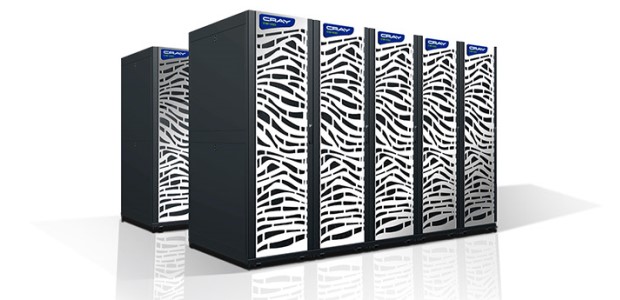
Supercomputer Advances Swiss Center's Weather Forecasts
The CS-Storm has a peak performance of up to 15 teraflops per node and uses liquid cooling, so it places no additional load on room cooling, according to Cray. MeteoSwiss, the Swiss national weather and climate service, is using it to produce up to eight daily forecasts per day.
A Cray Inc. supercomputer is helping the Swiss Federal Office of Meteorology and Climatology (MeteoSwiss) create more detailed, more frequent weather forecasts -- the first time that a GPU-accelerated supercomputer has been used to run production numerical weather models for a major national weather service, the Seattle-based company announced recently. Its announcement said the Swiss National Supercomputing Centre installed a Cray® CS-Storm™ cluster supercomputer to power the forecast calculations.
The CS-Storm has a peak performance of up to 15 teraflops per node and uses liquid cooling, so it places no additional load on room cooling, according to Cray. MeteoSwiss, the Swiss national weather and climate service, is using it to produce up to eight daily forecasts per day.
"To guarantee more detailed weather forecasts, the simulations will be based on a grid spacing of 1.1 kilometers, which runs recurrently every three hours," said Peter Binder, director general of MeteoSwiss. "This grid spacing makes it possible to predict with more detail the precipitation distribution and the risk of storms or valley wind systems in the Swiss mountains."
"High-quality weather forecasts always depend upon processing power," said Swiss National Supercomputing Centre Director Thomas Schulthess. "The GPUs and the reengineered code allow us to increase the simulation performance 40 times but remain within the same energy and facility footprint of the supercomputer that we installed for MeteoSwiss in 2012. Moreover, thanks to the GPU technology, we spend three times less on power compared to a system built entirely with conventional processors."